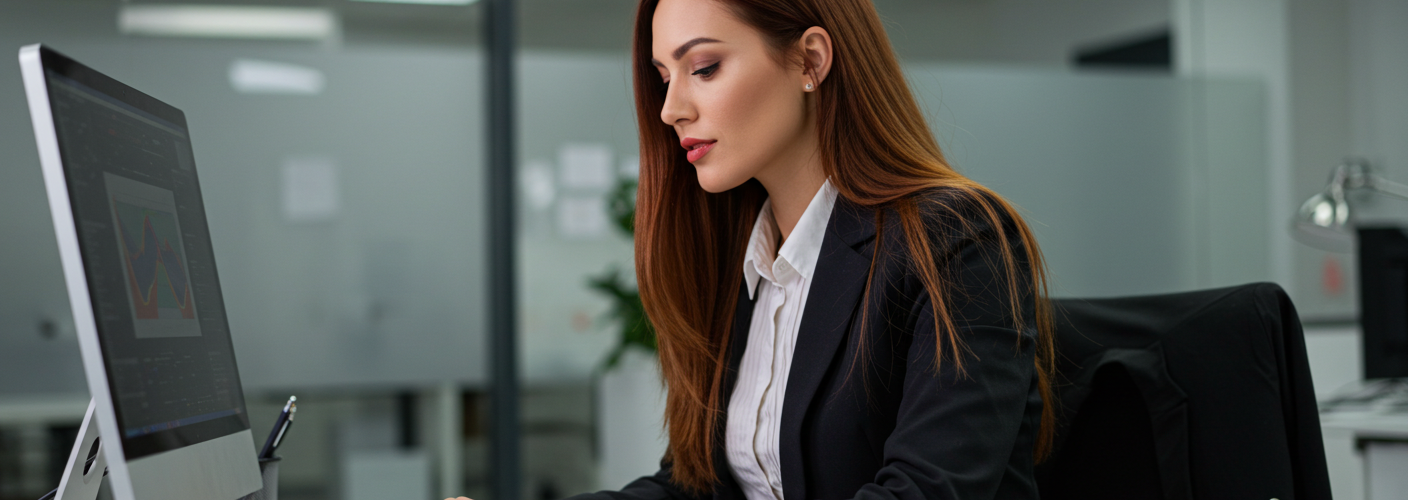Extending Your Laptop Battery Life: How to Limit Charge to 80%
Laptops have become essential tools for productivity, entertainment, and connection. However, one of the most crucial components of your laptop is its battery, which often becomes the limiting factor in overall performance and lifespan. Many users are unaware that maintaining the charge of their laptop’s battery to a specific percentage can help prolong its life. One effective strategy is to limit the charge to just 80%. In this article, we will explore how to achieve this on your laptop and the benefits of this practice.
Why Limit Battery Charge?
Lithium-ion batteries, which power most modern laptops, experience a degree of wear and tear over time. Constantly charging your battery to 100% can accelerate aging, leading to a shorter lifespan and diminished capacity. By limiting the charge to 80%, you can significantly reduce battery stress, thereby extending its overall health and longevity. This practice is particularly beneficial for users who often keep their laptops plugged in for extended periods, as it helps avoid the wear caused by keeping the battery at full charge.
Methods to Limit Battery Charge
- Using Manufacturer Software:
Many laptop manufacturers provide proprietary software that allows users to manage battery settings. For instance, if you own a laptop from brands like Dell, Lenovo, or HP, you might find a specific utility within the operating system. Look for applications like Dell Power Manager, Lenovo Vantage, or HP Battery Health Manager. Here’s how to set it up:
- Open the respective application.
- Navigate to battery settings or health options.
- Look for a charge limit feature or set a maximum charging threshold to 80%.
- Windows Settings (for Some Brands):
Some laptops equipped with newer versions of Windows allow users to set battery charge limits via their settings panel. Head toSettings > System > Power & Sleep, and explore any battery options available. However, this feature may not be available on all systems, so it may depend on your specific laptop model and manufacturer. - BIOS/UEFI Settings:
In some cases, the option to limit battery charge may be integrated into the BIOS/UEFI firmware. To access this:
- Restart your laptop and press the designated key (commonly F2, F10, Delete, or Esc) to enter BIOS/UEFI on startup.
- Look for battery settings. Some firmware allows you to set a maximum charge voltage or percentage.
- Save changes and exit.
- Third-Party Applications:
If your laptop does not provide built-in options to limit battery charge, consider using third-party applications like Battery Limiter or BatteryCare. These applications enable users to set notifications or enforce a disconnection from the charger upon reaching 80% charge.
Monitoring Battery Health
Along with limiting charge, it’s essential to monitor your battery’s health regularly. Most laptops provide integrated battery reports. On Windows, you can generate a battery report by using the command prompt. Simply enter powercfg /batteryreport to review details about battery usage and health.
Conclusion
Limiting your laptop’s battery charge to 80% is a simple yet effective way to prolong its lifespan. By utilizing built-in software from your manufacturer, adjusting BIOS settings, or employing third-party applications, you can minimize battery stress and enjoy a healthier laptop experience. Implement these strategies today and watch your laptop battery thrive for years to come!





Add comment